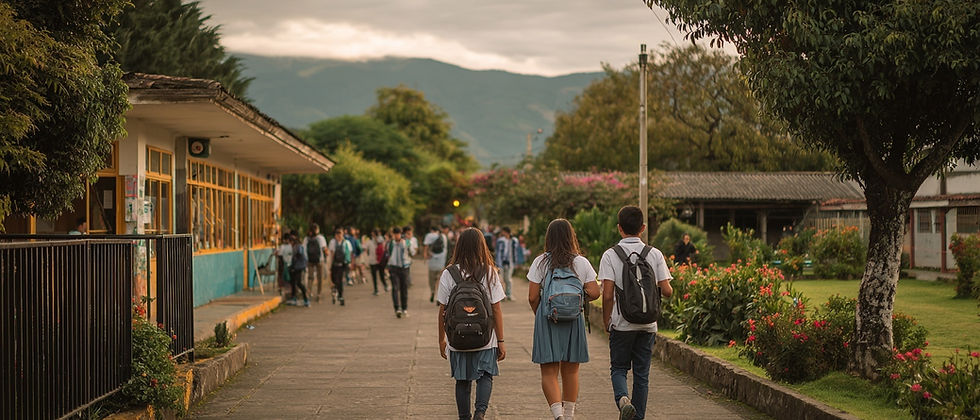We need a radical redefinition of student-centred communication
- Kirra Pendergast

- Sep 26
- 3 min read

It used to be simple when a student won an award, made the team, spoke at assembly, and someone took a photo. That photo ended up in the newsletter, or maybe on the school’s Facebook page. It was a good thing, something to be proud of. Visibility, in the language of school communities, was shorthand for celebration.
We no longer live in a world where visibility is a neutral good. What once functioned as acknowledgement now risks functioning as exposure. And in this era of ambient surveillance and algorithmic memory, exposure carries consequences far beyond the school gate.
It is not enough to say “we had good intentions.” Because in a networked world, intent is no longer the moral barometer, impact is. Especially for children whose lives do not fit neatly into the scripted joy of school publicity reels.
A child in out-of-home care may be protected by law from being publicly identified. A teen carrying the private weight of trauma may smile for a group photo and later panic when it appears on Instagram, visible to family members or strangers they’ve tried to avoid. A student who is transitioning may not be out to everyone. For these students, the camera does not celebrate. It threatens.
The line between celebration and exploitation has thinned. Schools are under pressure to prove they are inclusive, innovative, and inspiring. And the faces of children, particularly those from marginalised backgrounds, have become currency.
But what’s being asked of the child in return?
Consent is often treated as a checkbox. “Permission to photograph” is collected in a flurry at the start of the school year, buried in a stack of other forms. There is no conversation about context, no space to withdraw consent when circumstances change, no nuanced understanding of what it means for a child to be made visible to an audience they cannot see or control. Invisibility, for some students, is not shame. It is safety and yet invisibility is rarely offered as a protected right. Schools rarely build systems that prioritise discretion. Instead, the assumption is that all visibility is good. That every child should be proud to be seen. That refusing the spotlight is somehow a failure of confidence, or community spirit. But this belief is anchored in a narrow understanding of childhood one where identity is stable, family is safe, and the internet is benign.
That world no longer exists.
We need a radical redefinition of what student-centred communication looks like. We need fewer photos, fewer posts. We need to stop treating children as content and we need to teach young people that visibility should always be a choice, not a condition of participation.
If a school values diversity, it must build in privacy. If it celebrates voice, it must also protect silence. Visibility must never be weaponised into a marketing metric. It must never be demanded from children whose lives are already surveilled, judged, or under strain. The student in foster care. The teen with a new name. The boy who flinches when the camera turns his way. These children are telling us something not always in words, but in what they withhold. Their stories don’t belong in public just because we think they’re inspiring and inclusive.
--------------------
Unlock access to the full CTRL+SHFT digital safety ecosystem built not for box-ticking, but for
real-world protection, capacity-building, and cultural change?
No modules sold separately. No basic vs premium. No more per-program pricing. Just total
whole school access.
CTRL+SHFT+AAA gives your team full access to the most advanced, comprehensive,
evidence-based digital safety system available globally. Whether you’re leading a single school
or overseeing an entire system, CTRL+SHFT+AAA replaces outdated training, ad hoc PD, and
reactionary responses with forward thinking, constantly updated infrastructure: student online
safety education, staff capability, legal defensibility, parent alignment, and cultural consistency. Email @ hello@ctrlshft.global for more information




Comments